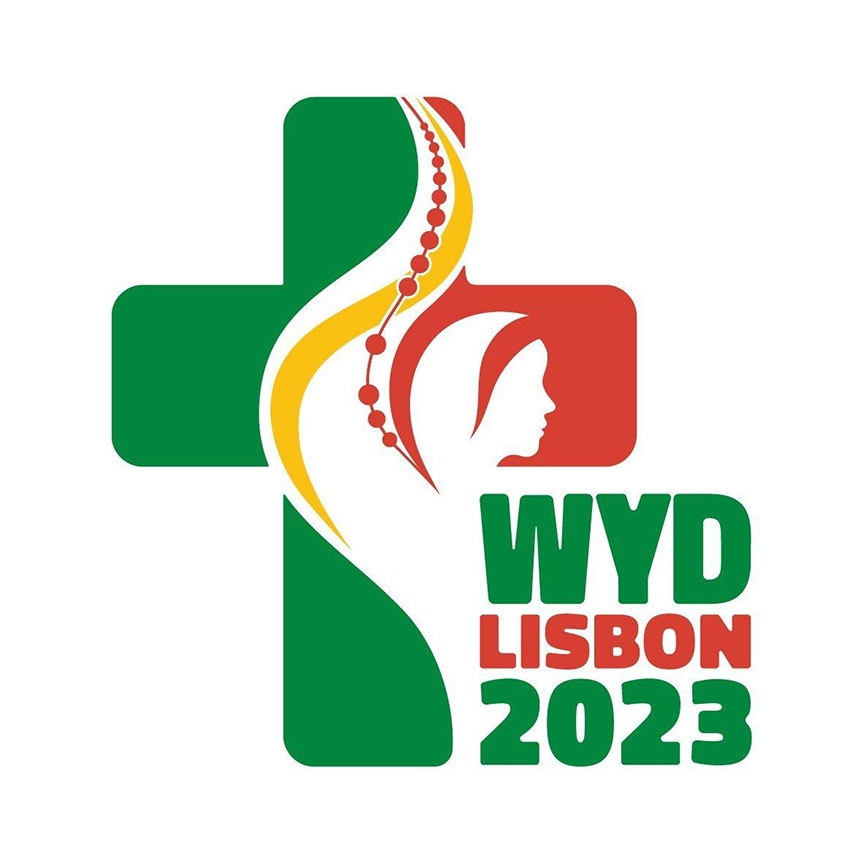
ORLANDO, Fla. As the U.S. Catholic bishops heard at their spring assembly’s June 16 plenary session in Orlando, that with support, open hearts and ears, and encouragement, World Youth Day 2023 can be not just a singular event, but become a movement to uplift the Church for years and generations to come.
“Let’s consider more ways to leverage this moment for the mission of the Church,” Bishop Robert E. Barron of Winona-Rochester, Minnesota, said in his morning presentation. He told the U.S. bishops that World Youth Day, both in Lisbon, Portugal, and in accompanying stateside celebrations, can be “the start of a movement in our Church that can renew our hope, rejuvenate our communities, and rekindle our missionary mandate.”
Bishop Barron and Bishop Edward J. Burns of Dallas both offered their report on World Youth Day preparations.
Bishop Burns, the U.S. Conference of Catholic Bishops” episcopal liaison to World Youth Day, updated the assembly of bishops on what was one of the final topics discussed during the concluding public session.
During his presentation, Bishop Burns said that among the more than a million Catholics set to gather Aug. 1-6, in Lisbon will be 26,000 pilgrims – most of whom are young adults over age 18 – from more than 900 pilgrimage groups across the United States. That number is more than double the number of young pilgrims from 2019 World Youth Day in Panama.
Bishop Burns expressed his thanks to his fellow bishops “for your support of World Youth Day.” He said 59 U.S. bishops and archbishops are expected to join the event.
“Your investment in this global movement of encounter will surely bear great fruit for years to come just as it has in the past 40 years of the Church’s history,” he said. “This World Youth Day movement is indeed inspired by the Holy Spirit and is a great gift from St. John Paul II.”
During World Youth Day, U.S. pilgrims, including the attending clergy and religious, were asked to lead and participate in synodal catechetical sessions called “Rise Up!”
“These daily catechetical sessions will be presented in conversational style so young people can engage in prayer and open dialogue with bishops,” Bishop Burns said, explaining that the Vatican wanted to encourage this example of synodality and allow young people to embrace their own “co-responsibility” of the Church’s mission. He added, “They are called ‘Rise Up!’ … so we may all be imitators of Mary, who ‘rose and went in haste’ to see Elizabeth.”
Bishop Burns said there will be 14 catechetical sites animated by U.S. pilgrims, nine in English and five in Spanish.
U.S. pilgrims of World Youth Day will have a national gathering Aug. 2, at Parque da Quinta das Conchas near the Lisbon airport. There also will be a special chapel and meeting place for U.S. pilgrims in the heart of World Youth Day near the Church of St. Joseph of the Carpenters (Igreja de São José dos Carpinteiros).
“We will have a very full week with the presence of the Holy Father and the non-stop joy of the prayerfulness across Lisbon,” Bishop Burns said.
Bishop Barron, who is chairman of the USCCB’s Committee on Laity, Marriage, Family Life, and Youth, said World Youth Day is not just meant for the people who have the means to travel overseas. He said it is “for every youth and young adult around the world,” which is why local stateside celebrations in dioceses between Aug. 1-6 are important and need support.
“We need to give all the young people in our dioceses the opportunity to feel this global solidarity,” he said.
Whether celebrating stateside or abroad, the final day of World Youth Day falls on the feast of the Transfiguration.
Bishop Barron remarked this is fitting, because it reminds leaders of the Church that World Youth Day won’t just be an event that comes to an end, but the start of an “even greater” movement in the Church.
“This (World Youth Day) is truly a mountaintop experience of faith – a transfiguration – and like the disciples, of course it is tempting to want to stay in that place forever,” Bishop Burns said. “However the Lord calls all pilgrims down the mountain into the valleys of everyday life.”
Bishop Barron exhorted his fellow bishops to “use this transfiguration moment to rejuvenate our work with youth and young adults.”
“Let’s also use this movement to point young people to their vocation and mission,” he said, “so that our Catholic youth and young adults can become what Pope Francis calls ‘protagonists of transformation.’”









